Its islands are famous for having very few trees.
And now, Orkney council has imposed a Tree Preservation Order to save some of them for the first time in decades.
Orkney councillors have voted eight to four in favour of making a TPO for an area in the west of Kirkwall permanent.
With some felling work having taken place at the trees within the private residence at Granbank House, Orkney council’s planning department put a temporary order in place last November.
This order was set to run out on May 7, six months after it was put in place. It fell to the committee members to decide if the order should become permanent.
The verdict was that it should – although many councillors said they saw the merits of either decision and called it a “knife-edge” issue for them.
How did the issue take root?
The situation arose last year when planning officers became aware of the felling work at trees at Grainbank House.
The works were being carried out as part of the new owners’ plans to renovate the long-empty B-listed house with a view to turning it into a family home.
Eileen and Albert Bruce are also aiming to create holiday accommodation on the ground.
Planning officers had visited the site although this was prior to any felling work taking place.
The Bruces had commissioned an arboriculture report to be carried out on the site. Based on that report they had a local contractor begin felling work.
According to representations work was only done on small or dead trees. Sixteen were felled in total.
When the council’s planning officers became aware of the work, in early November, they put the temporary tree preservation order in place.
The order means the remaining trees are protected under law. It also means the developers would have to apply to the council if they wished to carry out any more work on the trees.
However, in representations to the council, the contractor involved said they had finished the work before the preservation order was imposed.
Tree preservation orders less common in Orkney than other areas planning officer tells councilors
Today’s debate was delayed from last month, after new information arrived in the hands of councillors. Despite the report in their hands today remained unchanged.
The issue was often summed up during today’s debate as councillors deciding whether “the safeguard” of the TPO was needed or not.
The recommendation from the planning department was that the order be made permanent. The grounds for doing so were mainly on the amenity the trees provided.
Council leader James Stockan said he was worried about the way the public would perceive the use of the order.
He was worried that “as soon as somebody takes a saw out they’re going to be in trouble.”
He added: “There’s a great degree of uncertainty caused by us doing these things.”
“I’m interested to know what we lead our community to think in regard to some of these orders.”
With all the felling work planned by the developer said to be done, the council leader also wondered if imposing a TPO was similar to “closing the gate after the bull has bolted.”
Taking a different view, Councillor Kristopher Leask urged caution over the idea that such orders indicate that the council doesn’t trust the public.
He said: “I think that’s simplistic and not entirely the case.
Council leader wonders if the bull has already bolted
“What is the case is how much do we value informed value of public amenity. That’s what we’re discussing here.
“Not whether we trust the public amenity to cut down trees on their own.”
Mr Leask went on to put forward the motion that the council should indeed continue the preservation order.
The council’s service manager for development planning Jamie Macvie said, in his experience, Orkney council puts far fewer TPOs in place than other council areas.
He said the order applying to Grainbank is the first to be put in place for 30 years. Mr Macvie added that it was imposed due to the “nature and extent of the work being done.”
Having pulled council data, he said 87 applications for works to trees had been received since 2009.
Of them, 62 were outwith a TPO and all were approved by the council. Twenty-five for works to trees under a TPO were also received.
Of those two were refused, although negotiations took place and work did occur. The other 23 were approved.
Not all councillors were in favour of making the Grainbank TPO permanent, however.
Councillor Duncan Tullock said it should end with the expiry of the temporary order on May 7.
He noted that the felling work had been to the benefit of the remaining trees, according to the developer’s report.
He said the important point was that the trees are on a private site and not in the conservation area.
After an hour-long debate, the vote was eight to four in favour of continuing the preservation order.
In their representation to the council, the Bruces indicated they would appeal the decision upon a permanent order being granted.
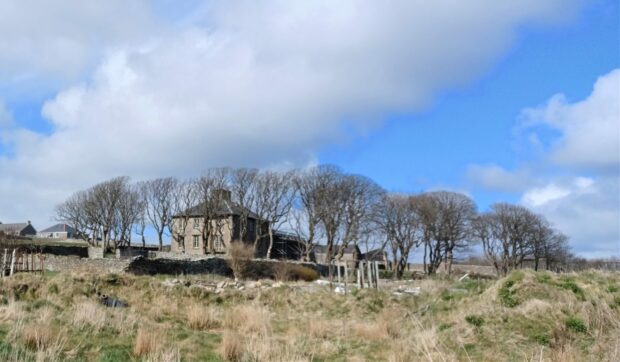


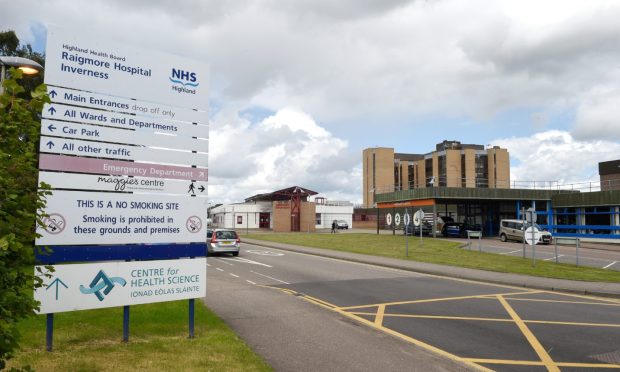
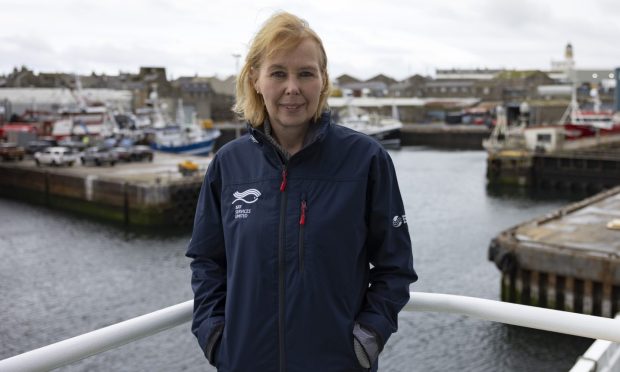

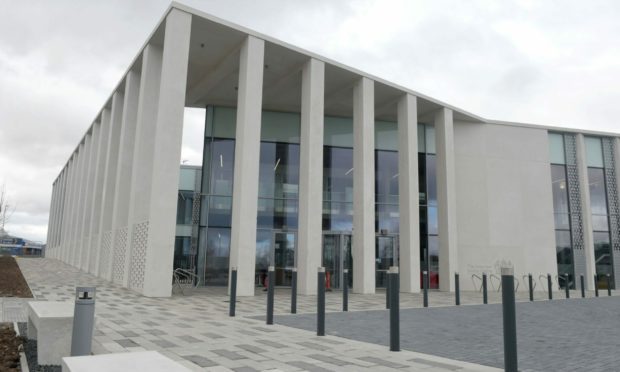
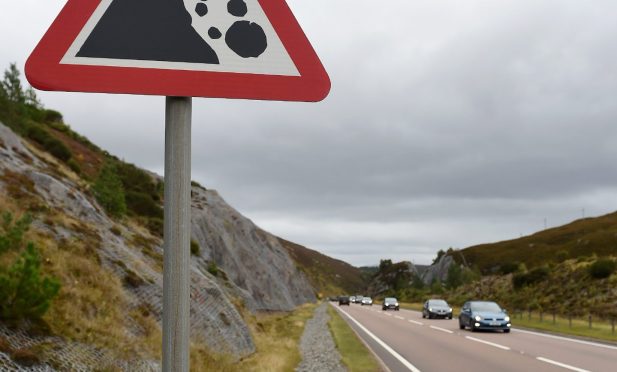
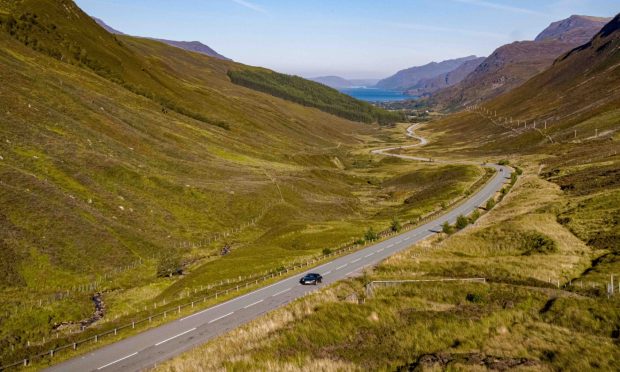
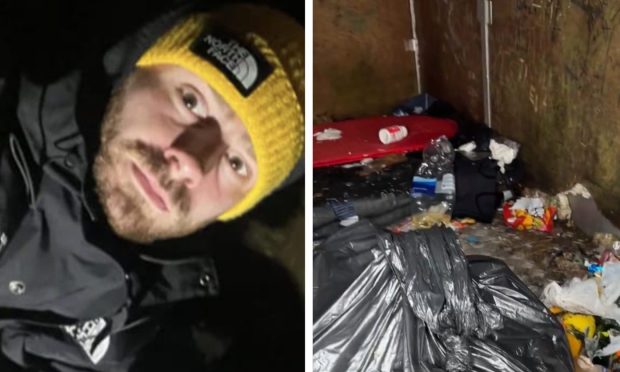

Conversation